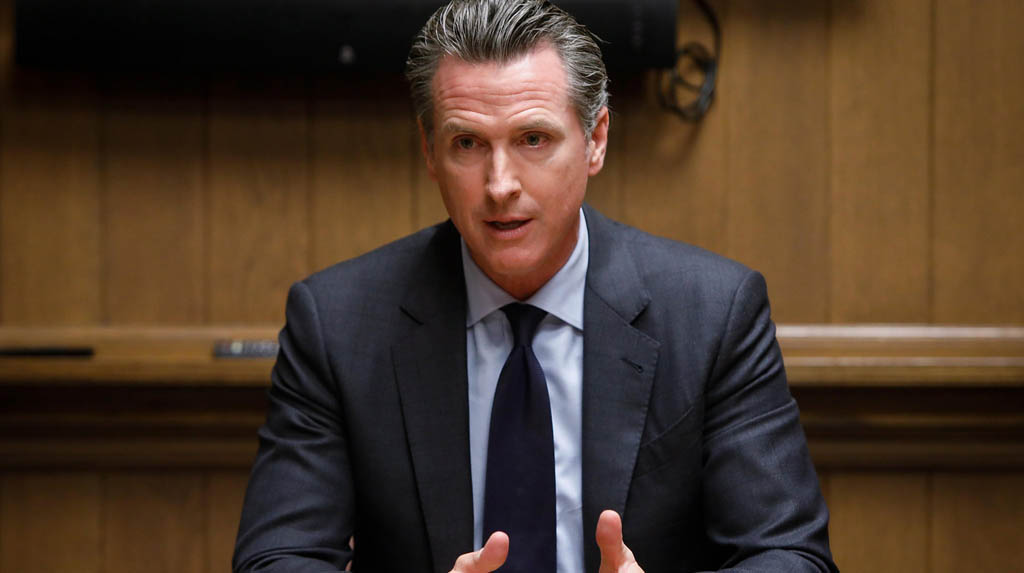San Francisco: California Governor Gavin Newsom released guidelines for reopening businesses starting from Friday in the most populous US state amid the COVID-19 pandemic.
“We’re moving forward but we are doing always with an eye being led by the data, by the science, by public health,” Newsom said at a daily press briefing on Thursday as the state was taking steps to move further into stage 2 of a four-stage plan for a gradual reopening of the country’s largest state economy.
Some lower risk businesses such as clothing stores, bookstores, florists, sporting goods stores can reopen, following the new rules issued by the California Department of Public Health, reports Xinhua news agency.
Retailers should increase their pickup and delivery services and encourage physical distancing during pickup and install hands-free devices.
Manufacturers should close break rooms, create outdoor break areas with physically distanced seating. Warehouses should carry sanitation materials during deliveries and use personal protective equipment for each stop, according to the new rules.
The state is also planning to allow office, seated dinning at restaurants, shopping malls and outdoor museums to reopen in the gradual move to stage 2.
The Governor noted that these modifications will affect 70 per cent of the state’s economy.
California Health and Human Services Secretary Mark Ghaly said at the press briefing that stage 2 doesn’t mean a return to normal while COVID-19 is still spreading.
As some counties of the state are rushing to reopen their businesses, Ghaly urged them to meet regional variance criteria, including epidemiologic stability, testing capacity, containment capacity and protection of stage 1 essential workers.
According to the criteria, the counties which are eager to move deeper into stage 2 should have no more than 1 confirmed case per 10,000 people in the last 14 days and no COVID-19 deaths in the past 14 days.
According to Newsom’s plan announced earlier this month, California will gradually reopen some lower risk workplaces with adaptations in the second stage, including retail with curbside pick-up, manufacturing, offices and more public spaces.
The third stage will be a gradual reopening of some higher risk environments with adaptations and limits on size of gatherings. And the fourth stage will be ending the stay-at-home order.
There are more than 61,000 positive cases and 2,523 deaths related to COVID-19 in California so far, according to a continuous Los Angeles Times survey of numbers released by local health agencies across the state.




